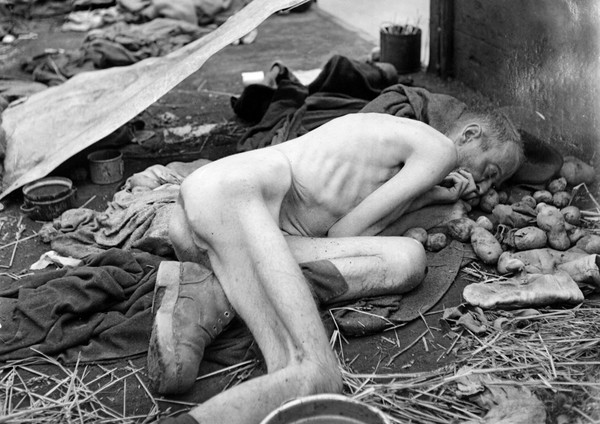
One of the most horrific terms in history was used by Nazi Germany to designate human beings whose lives were unimportant, or those who should be killed outright: Lebensunwertes Leben, or “life unworthy of life”. The phrase was applied to the mentally impaired and later to the “racially inferior,” or “sexually deviant,” as well as to “enemies of the state” both internal and external.
From very early in the war, part of Nazi policy was to murder civilians en masse, especially targeting Jews. Later in the war, this policy grew into Hitler’s “final solution”, the complete extermination of the Jews. It began with Einsatzgruppen death squads in the East, which killed some 1,000,000 people in numerous massacres, and continued in concentration camps where prisoners were actively denied proper food and health care.
It culminated in the construction of extermination camps — government facilities whose entire purpose was the systematic murder and disposal of massive numbers of people. In 1945, as advancing Allied troops began discovering these camps, they found the results of these policies: hundreds of thousands of starving and sick prisoners locked in with thousands of dead bodies.
They encountered evidence of gas chambers and high-volume crematoriums, as well as thousands of mass graves, documentation of awful medical experimentation, and much more. The Nazis killed more than 10 million people in this manner, including 6 million Jews.
Warning: All images in this entry are shown in full, not screened out for graphic content. There are many dead bodies. The photographs are graphic and stark. This is the reality of genocide, and of an important part of World War II and human history.
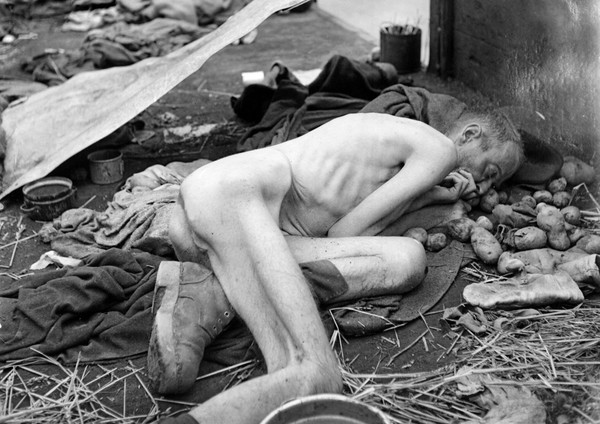
A dead prisoner lies in a train carriage near Dachau concentration camp in May of 1945.
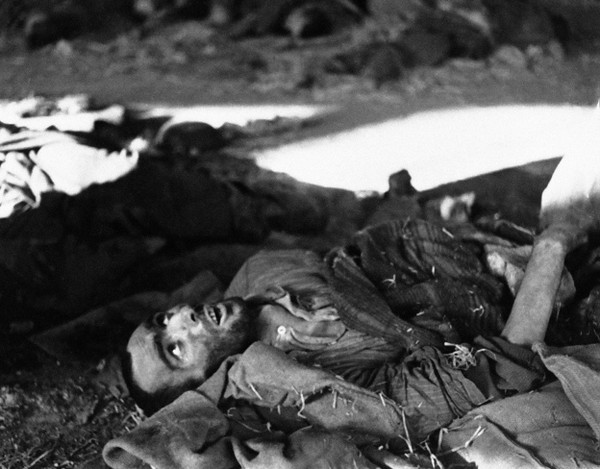

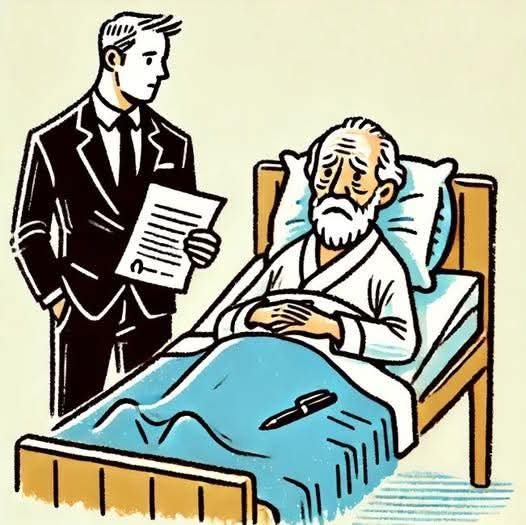

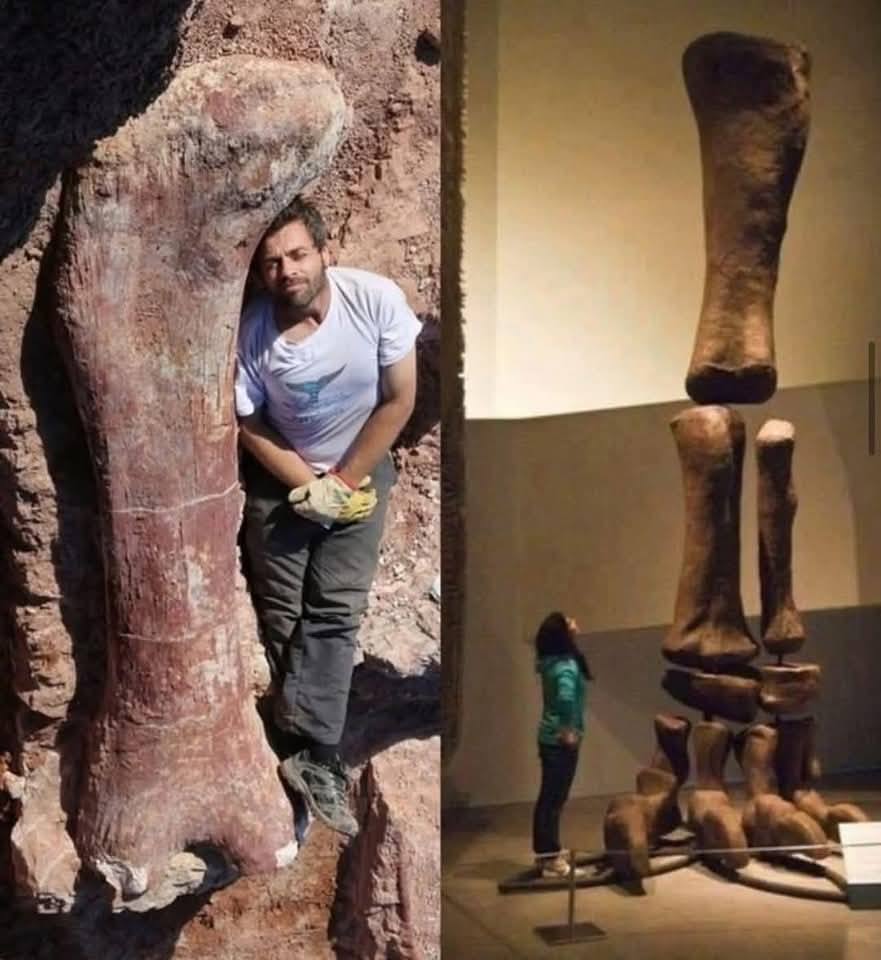
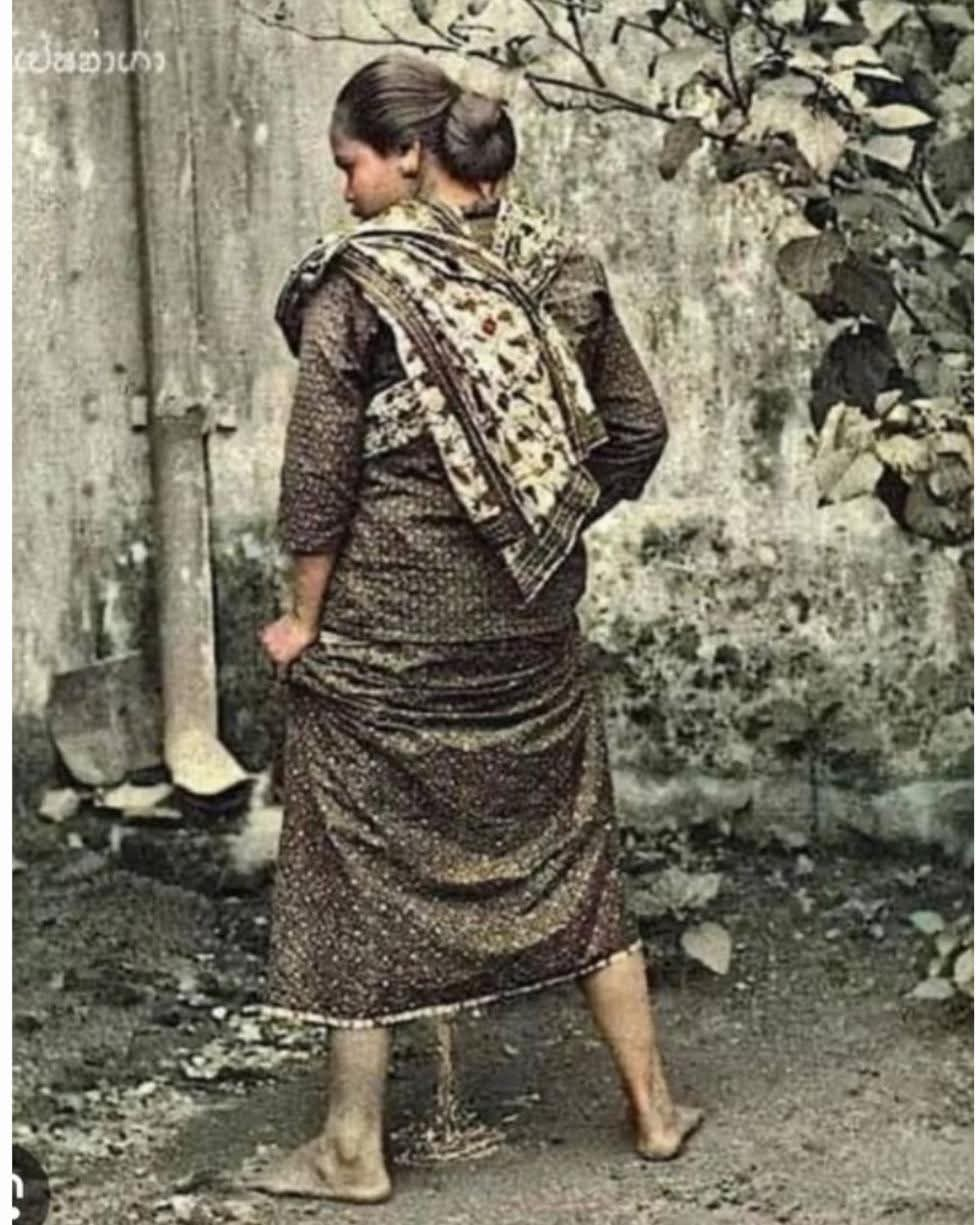


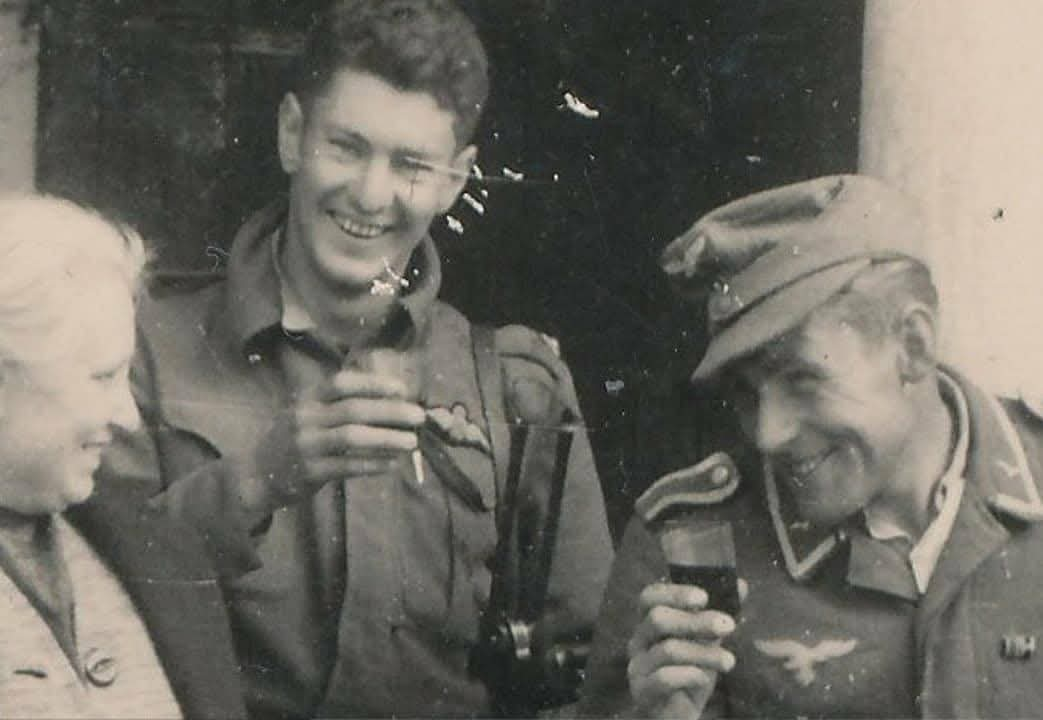
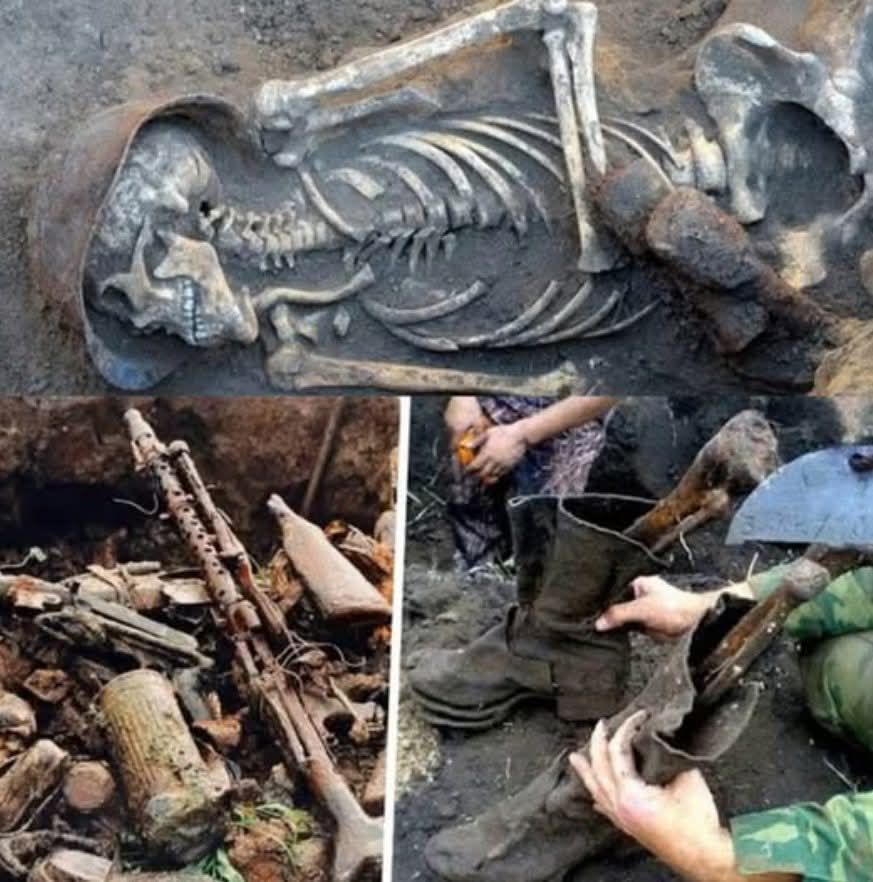

Leave a Reply